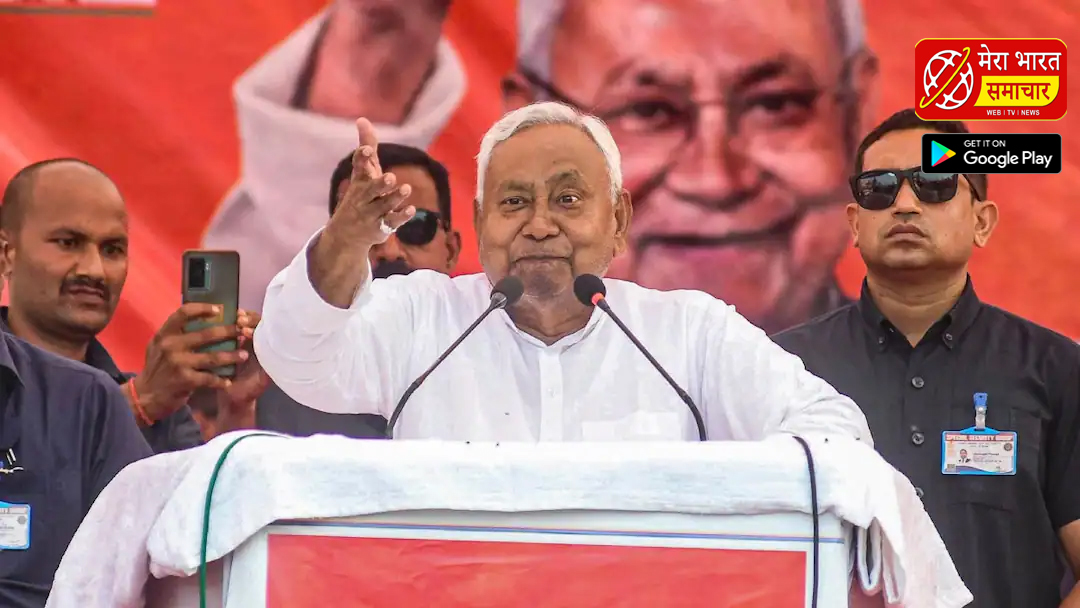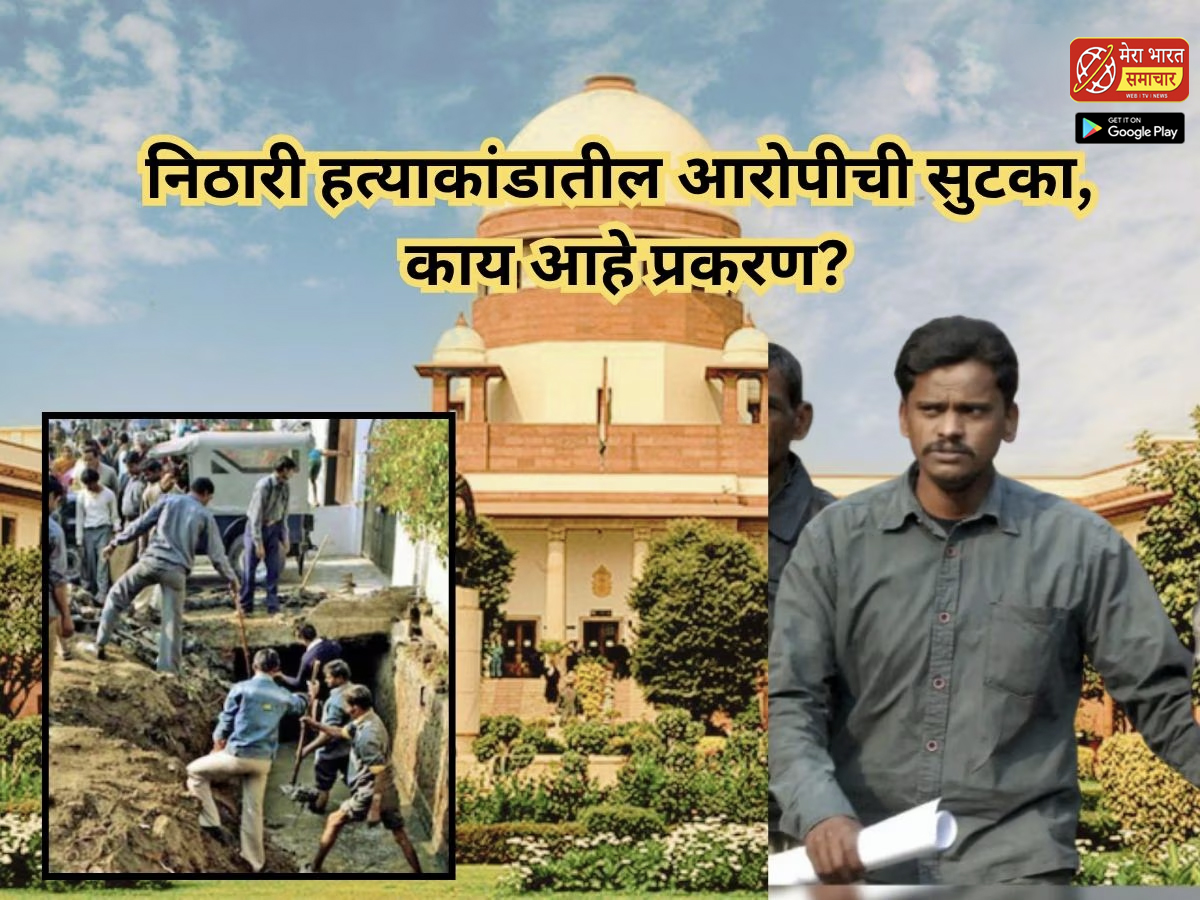Vote counting for the Bihar Assembly elections is in progress, and the initial numbers point to a strong lead for the BJP-led NDA. Early figures show the Janata Dal (United) emerging as the single largest party with 73 seats, underscoring Nitish Kumar’s influence within the alliance.
The Mahagathbandhan, meanwhile, is trailing by a wide margin, setting up a decisive moment that will determine whether Bihar’s longest-serving Chief Minister continues his tenure or whether the opposition can stage a turnaround in the state’s political landscape.
Seat Sharing In NDA, Mahagathbandhan
In this election, the Mahagathbandhan distributed seats as follows: Congress contested 61 seats, RJD 143, CPI 9, CPI(M) 4, CPI(ML) 20, and VIP 15. The NDA allocated 101 seats each to the BJP and JD(U), while LJP (Ram Vilas) fielded candidates in 29 constituencies. Smaller allies, the Rashtriya Lok Morcha and Hindustani Awam Morcha, each contested 6 seats.
Meanwhile, early trends indicate that smaller allies in both alliances are lagging behind, with only a few managing to open their accounts.
In the Mahagathbandhan, the Vikassheel Insaan Party (VIP), which contested 15 seats, has not secured any lead so far. The Left parties, which contested a combined 33 seats (CPI-9, CPI(M)-4, CPI(ML)-20), together show leads in only 2 seats, placing them among the lowest performers. The Congress, contesting 61 seats, is ahead in just 4 constituencies, while the RJD leads the bloc with 66 seats.
Within the NDA, the Hindustani Awam Morcha (HAM) and Rashtriya Lok Morcha (RLM), both contesting 6 seats each—are among the lowest performers, with one lead each. The Lok Janshakti Party (Ram Vilas), which fielded candidates in 29 seats, is leading in 5. The BJP and JD(U) remain the strongest in the alliance with 68 and 63 leads respectively.
These early numbers highlight a clear pattern: smaller allies in both camps are struggling, while the larger parties continue to dominate the tally.











